Sustainable Demolition Practices: Reducing Environmental Impact in Cincinnati
As the world becomes increasingly aware of environmental concerns, it's important to prioritize sustainability in every aspect of our lives, including demolition projects. In this blog post, we will delve into sustainable demolition practices specific to Cincinnati, Ohio, and the surrounding Tri-State Area. By adopting eco-friendly techniques, recycling strategies, and embracing green alternatives, we can minimize environmental impact and work towards a greener future.
Step 1: Salvage and Recycling of Building Materials
Implement a comprehensive salvage and recycling program during demolition projects. Prioritize the identification and preservation of reusable materials, such as doors, windows, fixtures, and structural elements. Partner with local recycling facilities to ensure proper disposal and repurposing of materials, reducing waste and conserving resources.
Step 2: Utilize Eco-Friendly Demolition Methods
Consider eco-friendly demolition methods, such as deconstruction or selective demolition, which focus on salvaging and reusing materials rather than complete structural removal. These methods help minimize waste, protect valuable architectural elements, and reduce the environmental impact of the demolition process.
Step 3: Responsible Waste Management
Develop a waste management plan that emphasizes responsible disposal of non-recyclable materials. Utilize certified waste management companies to ensure proper handling, transportation, and disposal of hazardous materials and construction debris, adhering to local regulations and environmental guidelines.
Step 4: Green Alternatives for Building Materials
Explore the use of green alternatives for building materials in future construction projects. Consider sustainable options such as recycled materials, low VOC (Volatile Organic Compound) products, and renewable resources. Embracing these alternatives can enhance energy efficiency, reduce carbon footprint, and promote a healthier living environment.
Step 5: Renewable Energy Integration
Integrate renewable energy sources into demolition projects whenever possible. Utilize solar or wind power to meet energy needs on-site, reducing reliance on traditional energy sources and minimizing environmental impact. By embracing renewable energy, you contribute to a cleaner and more sustainable demolition process.
In Conclusion
Sustainable demolition practices are vital for reducing environmental impact and creating a greener future in Cincinnati, Ohio. By salvaging and recycling materials, adopting eco-friendly demolition methods, implementing responsible waste management, embracing green alternatives, and integrating renewable energy, we can minimize the carbon footprint of demolition projects. Join us in the journey towards a sustainable construction industry, where each demolition project contributes to a healthier and more environmentally conscious community.





